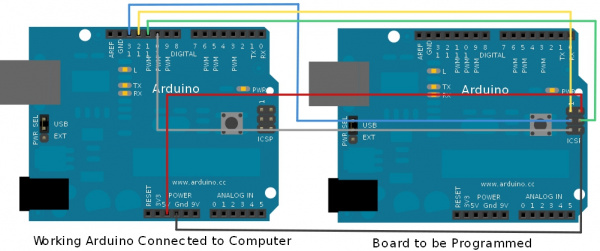As job require, I've been involve in setting LDAP server in Linux environment. As a newbie in Linux, I think it's a good idea for me to keep some of the essential command somewhere i can access anytime anywhere.
Mounting USB Drive
1. Checking what device id been assigned to newly plugin usb drive
-"dmesg"
-cat \proc\partitions
2. create folder for mounting the USB drive
- mkdir \mnt\usb
3. mounting the USB drive
- mount -t vfat /dev/[device id] /mnt/usb
4. unmount the USB drive
- umount /mnt/usb
Mounting an encrypted Volume
1. cryptsetup --key-file /root/key/backup luksOpen /dev/sdb1 backup
2. mount /dev/mapper/backup /mnt
3. umount /mnt
4. cryptsetup luksClose backup
Configure network
1. check for interface
- ifconfig -a
2. configure hw mac address accordingly
- vi /etc/udev/rules.d/70-persistent-net.rules.
- vi /etc/sysconfig/network-scripts/ifcfg-eth0
3. restart network service to acquire ip
- service network restart
View Cert
- openssl asn1parse -inform PEM -in [cert.pem]
Generate a cert with private key
- openssl req -new -x509 -nodes -out /etc/openldap/ssl/slapdcert.pem -keyout /etc/openldap/ssl/slapdkey.pem -days 365
Services
- Restart Services : service [service name] restart
- check service status : service [service name] status









.jpg)
